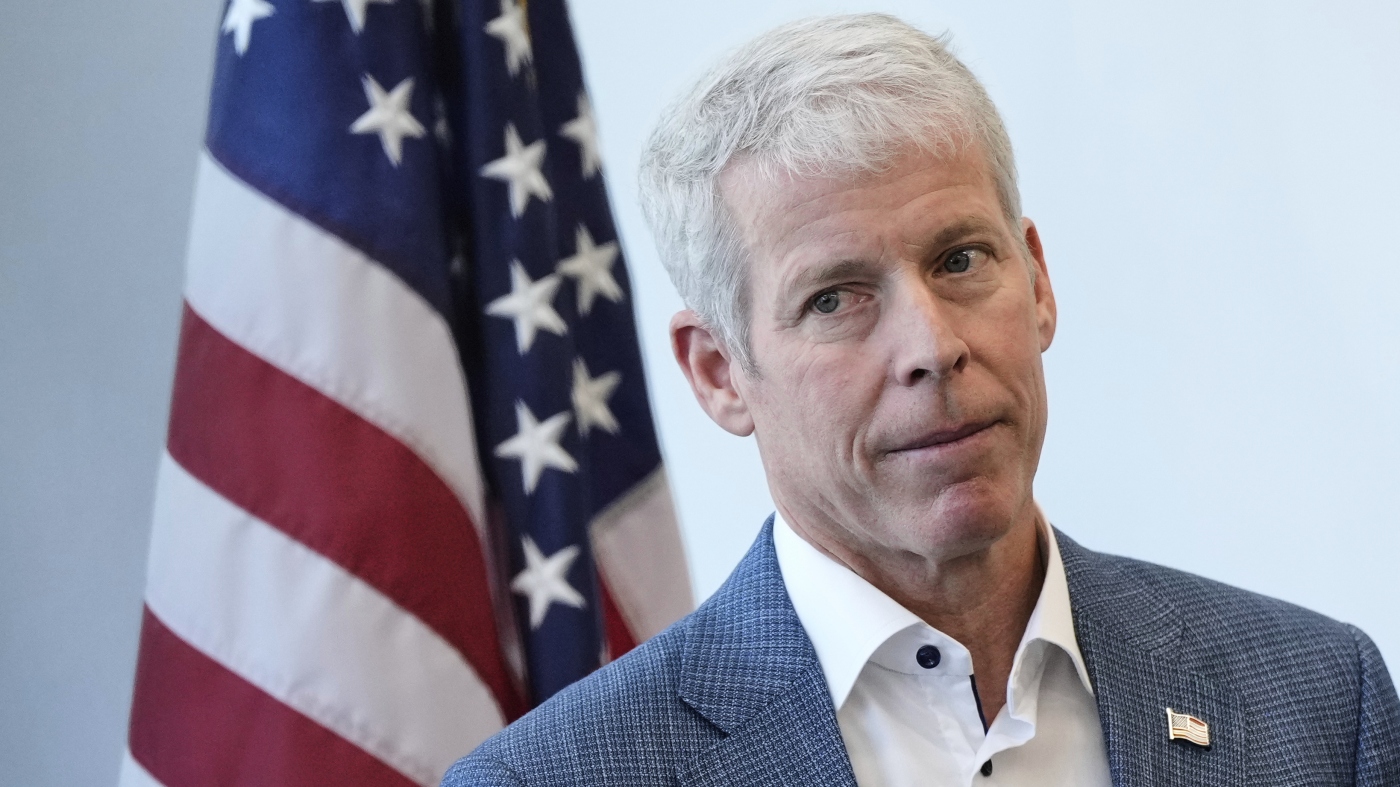
President Trump’s recent declaration that Ukraine can win its war against Russia has sent shockwaves through diplomatic circles in both the U.S. and Europe, raising critical questions about the direction of American policy in the conflict. Has Trump fundamentally changed his stance, or is he merely distancing himself from the war altogether?
Last week, President Trump took to social media to boldly assert that Ukraine has the potential to reclaim all of its territory lost to Russia, which he characterized as a “paper tiger.” In a pointed critique from the Oval Office, he lambasted Russia’s prolonged military efforts, suggesting that after years of conflict, the country has little to show for its investments aside from a deteriorating economy.
“Russia has spent millions and millions of dollars in bombs, missiles, ammunition, and lives, their lives, and they’ve gained virtually no land,” Trump stated, signaling a notable shift in rhetoric.
However, this striking change in tone did not coincide with an official modification of U.S. policy. There was no new call for peace negotiations, no additional sanctions, nor any announcements of direct military support from the U.S. to Ukraine.
Richard Fontaine, who previously served in the George W. Bush administration and now leads the Center for a New American Security, noted that while Trump’s analysis and language regarding the situation have evolved, his policy remains largely unchanged. “I think he’s changed his analysis of the situation and his rhetoric about the situation but not his policy on the war and on Russia and Ukraine,” Fontaine explained.
What Trump did convey to allies was a series of practical measures: they could shoot down Russian aircraft entering their airspace, purchase U.S. weaponry, and cease buying Russian oil. Fontaine interpreted these remarks as an indication that Trump is stepping back from the diplomatic leadership role he had been playing until recently, where he aimed to broker a resolution to the conflict between Ukraine and Russia.
The White House has pushed back against the notion that Trump has relinquished his leadership role in this crisis. A senior administration official, speaking anonymously, highlighted the praise from European leaders regarding Trump’s leadership, emphasizing that for pressure to be effective, European nations must do their part. This entails refraining from financing the war by purchasing Russian energy, despite some progress in reducing such purchases.
Alina Polyakova, president of the Center for European Policy Analysis, commented on Trump’s evolving stance. “I think we’ve seen an evolution over time,” she stated. “The president, I think, came into office with one idea. I think he’s learned about the complexities of the conflict. I think he has clearly understood that there’s an aggressor, and that’s Russia, and then there’s a victim, and that’s Ukraine.”
Polyakova also pointed to Trump’s support for NATO, asserting that he has consistently acknowledged the need to defend member nations’ territories.
Despite Trump’s dramatic claims, skepticism remains regarding his commitment to peace in Ukraine. Earlier this week, he held a meeting with Israeli Prime Minister Benjamin Netanyahu, addressing yet another international conflict—the war in Gaza. Ivo Daalder, a former U.S. ambassador to NATO during the Obama administration, observed this meeting closely, seeking insights into Trump’s approach to resolving the war in Ukraine.
Daalder questioned whether the U.S. would finally leverage its influence effectively. After the meeting, Trump announced a 20-point peace plan, yet Daalder noted that such conflicts are deeply rooted and complex, and observed that Trump often declares peace prematurely. “The war is not over,” he stated, drawing parallels between Trump’s recent declarations and prior announcements made after meetings with Putin, which lacked substantive follow-through.
“What you have is big drama, just like you had in Alaska,” Daalder remarked, referring to a previous meeting that resulted in no tangible outcomes. “But when it really comes down to the end, there’s no hat there. There’s no cattle. There’s just a declaration of peace without any follow-through or any reality.”
The need for concrete actions rather than mere declarations is increasingly evident. As the war in Ukraine continues, the international community watches closely to see if Trump’s newfound confidence translates into effective measures that support Ukraine in its ongoing struggle against Russian aggression.


